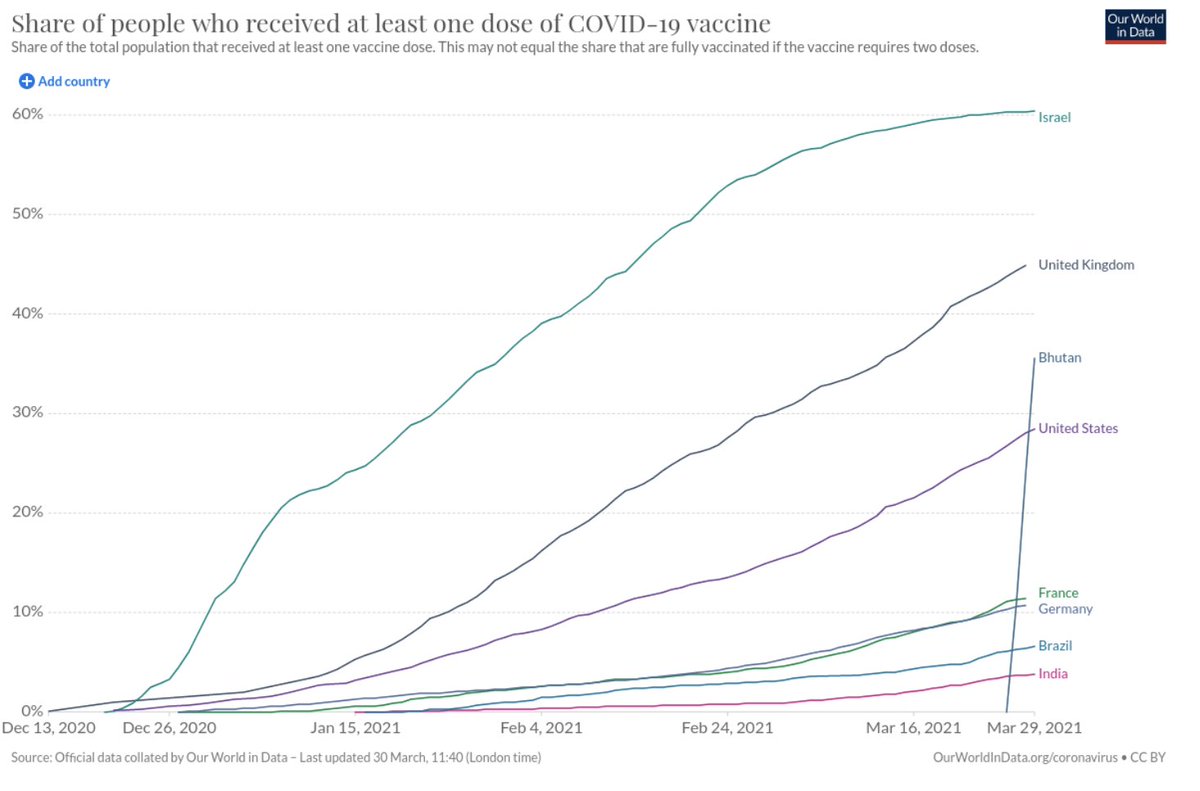
Comment on Hospital Capacity:
During much of this pandemic the capacity of hospitals has been a factor in outbreak response. How does increasing hospital capacity affect the response?
1/
During much of this pandemic the capacity of hospitals has been a factor in outbreak response. How does increasing hospital capacity affect the response?
1/
If a society decides to implement restrictions when hospital is overloaded what are the consequences of that?
Later response leads to more cases and more fatalities. So it is clear that the larger the hospital capacity the worse the outbreak response in terms of health.
2/
Later response leads to more cases and more fatalities. So it is clear that the larger the hospital capacity the worse the outbreak response in terms of health.
2/
Since the higher the transmission rate that occurs, the more severe the restrictions must be to maintain or lower the number of cases, so economic impacts are also higher due to additional hospital capacity.
3/
3/
Said differently: If we set the point of response to be X% of the hospital capacity, what will be the optimal value of X? 0%.
Said differently: Hospital medical treatment is not the best solution to the pandemic, community prevention of transmission is.
4/
Said differently: Hospital medical treatment is not the best solution to the pandemic, community prevention of transmission is.
4/
Note: this analysis applies when the number of cases allowed to occur is based upon hospital capacity.
If the cases have already occurred, then increasing the capacity to treat them reduces fatality rates.
5/
If the cases have already occurred, then increasing the capacity to treat them reduces fatality rates.
5/
• • •
Missing some Tweet in this thread? You can try to
force a refresh


















